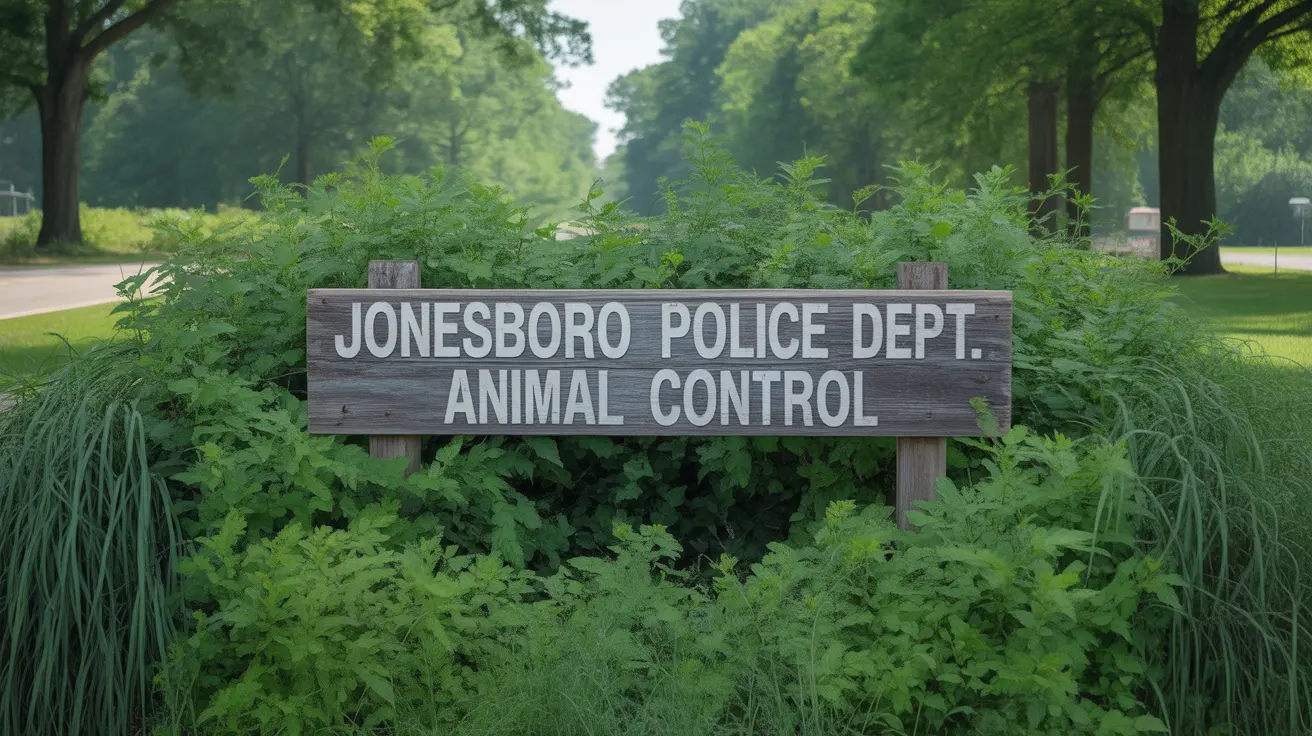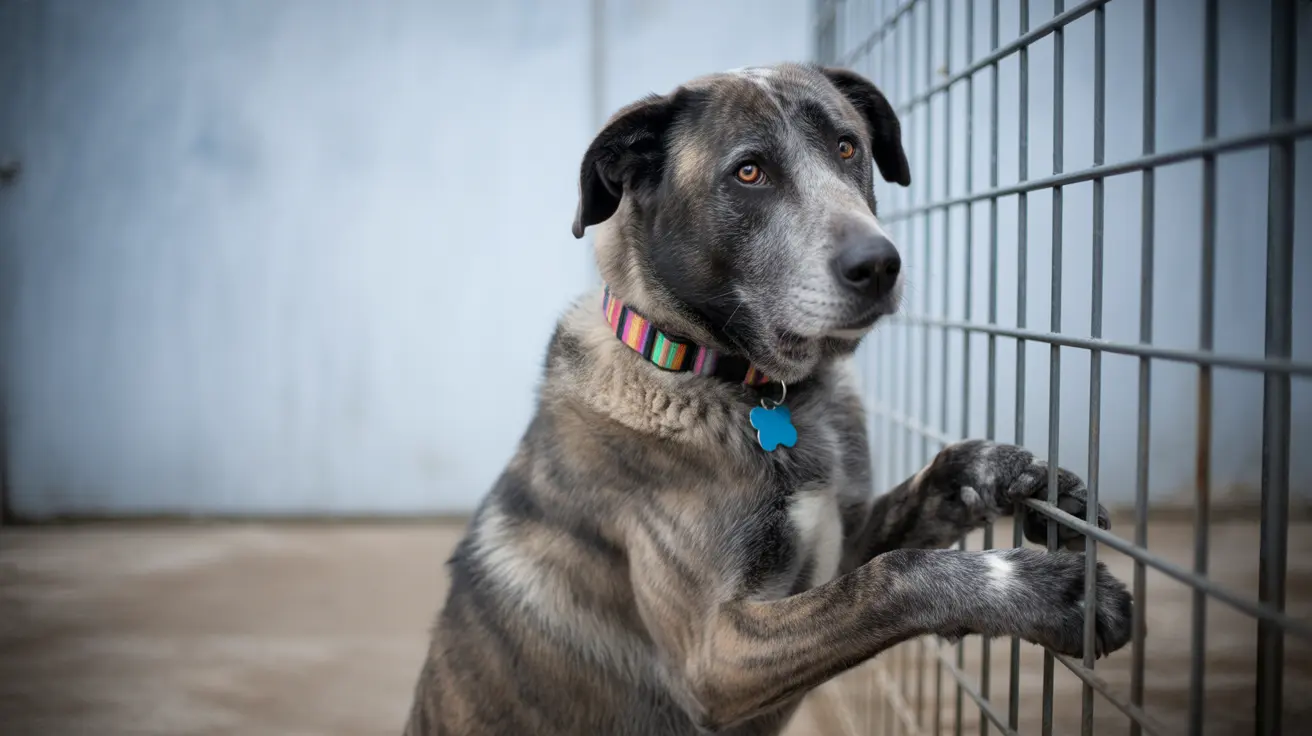Common Causes of Cloudy Eyes in Dogs
Age-Related Changes
The most common cause of cloudy eyes in older dogs is lenticular sclerosis, also known as nuclear sclerosis. This natural aging process creates a bluish haze in the lens but typically doesn't significantly impact vision or cause discomfort. Nearly all dogs over seven years old will develop some degree of this condition.
Medical Conditions
Cataracts are another frequent cause of eye cloudiness, appearing as white or gray opacity in the lens. Unlike lenticular sclerosis, cataracts can lead to vision loss if left untreated. They may develop due to genetics, diabetes, trauma, or aging.
Glaucoma, characterized by increased pressure within the eye, can cause cloudiness along with pain and potential vision loss. This condition requires immediate veterinary attention as it's considered a medical emergency.
Identifying Warning Signs
Physical Symptoms
Watch for these accompanying symptoms that might indicate a serious condition:
- Redness or inflammation
- Excessive tearing or discharge
- Squinting or obvious discomfort
- Pawing at the eyes
- Visible swelling or bulging
- Changes in pupil size or responsiveness
Behavioral Changes
Your dog may also exhibit behavioral changes such as:
- Bumping into objects
- Reluctance to play or exercise
- Changes in confidence levels
- Increased clumsiness, especially in dim light
- Startling easily when approached
Diagnosis and Treatment Options
Professional veterinary evaluation is essential for accurate diagnosis of cloudy dog eyes. Your vet will perform various tests, including:
- Detailed eye examination
- Pressure testing for glaucoma
- Tear production measurement
- Corneal staining to check for ulcers
- Possible blood work for underlying conditions
Treatment varies significantly based on the underlying cause. While some conditions like lenticular sclerosis may only require monitoring, others such as cataracts might need surgical intervention. Infections typically respond well to appropriate medication, while chronic conditions like dry eye require ongoing management.
Prevention and Management
While not all causes of cloudy eyes are preventable, you can take steps to protect your dog's eye health:
- Schedule regular veterinary check-ups
- Keep eyes clean and free from debris
- Protect eyes during grooming and play
- Address any eye-related symptoms promptly
- Maintain good overall health through proper diet and exercise
Frequently Asked Questions
What are the common causes of cloudy eyes in dogs and how can I tell them apart?
Common causes include age-related changes (lenticular sclerosis), cataracts, glaucoma, and corneal issues. The appearance, onset speed, and presence of additional symptoms help distinguish between causes. Professional veterinary evaluation is necessary for accurate diagnosis.
How can I tell if my dog's cloudy eyes are a normal age-related change or a sign of a serious eye problem?
Normal age-related changes (lenticular sclerosis) typically appear as a uniform, bluish haze in both eyes and don't cause pain or behavioral changes. Serious conditions usually involve additional symptoms like pain, redness, or vision changes, and may affect one or both eyes differently.
What symptoms in addition to cloudy eyes indicate my dog needs emergency veterinary care?
Seek immediate veterinary care if you notice eye pain, severe redness, bulging, sudden vision changes, or colored discharge. These symptoms, especially when combined with cloudy eyes, could indicate serious conditions requiring urgent treatment.
How do veterinarians diagnose the underlying cause of cloudy eyes in dogs?
Veterinarians use various diagnostic tools including physical examination, pressure testing, tear production measurement, and corneal staining. They may also recommend blood work or imaging to identify underlying systemic conditions.
What are the treatment options for a dog with cloudy eyes depending on the cause?
Treatment options range from monitoring (for age-related changes) to surgery (for cataracts), medication (for infections or glaucoma), or ongoing management (for chronic conditions like dry eye). The specific treatment plan depends on the underlying cause and severity of the condition.






